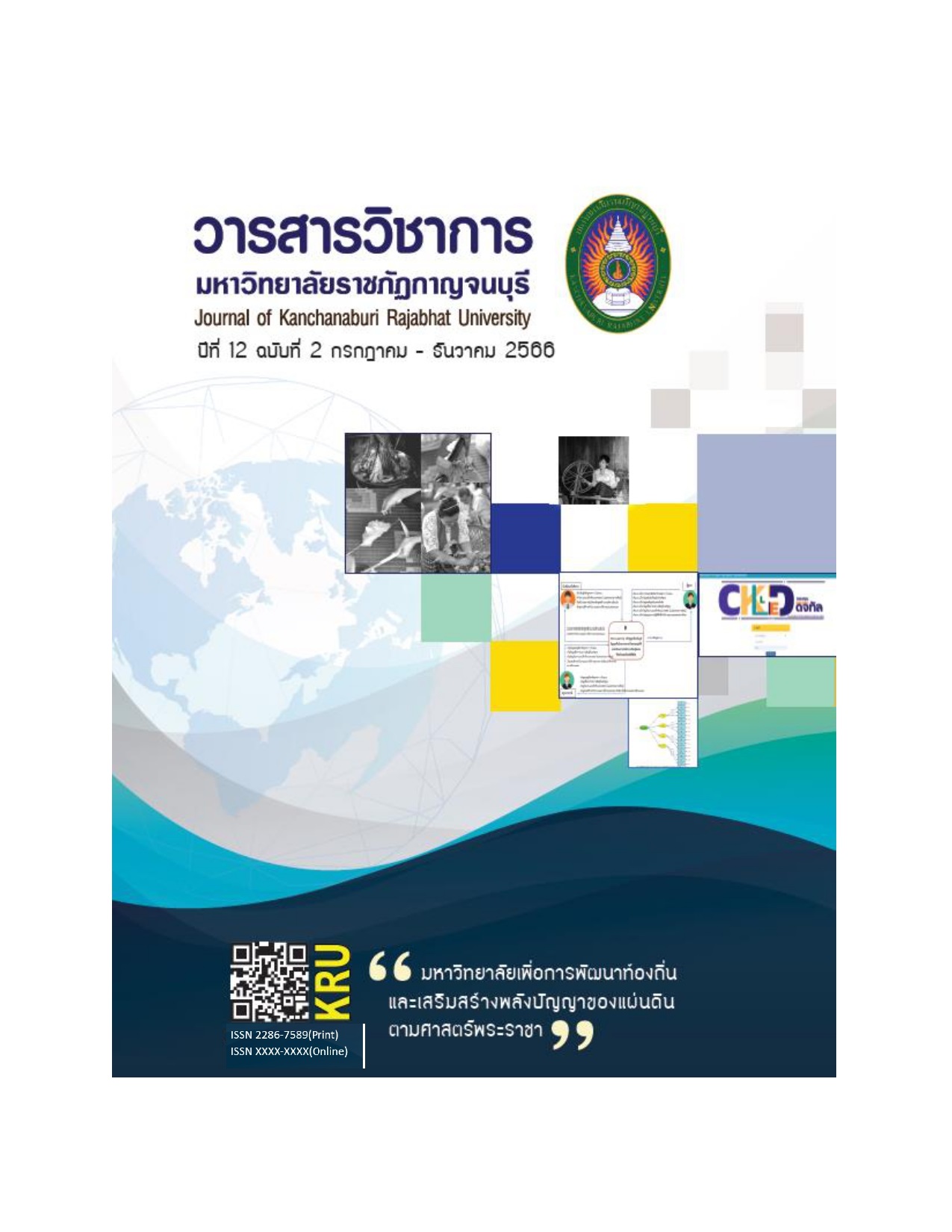ADOPTION OF SOCIAL MEDIA INFLUENCER MARKETING: A CONCEPTUAL FRAMEWORK
Main Article Content
Abstract
Using social media influencer marketing campaigns is a powerful digital marketing technique. The disruption era has forced all business sectors to adopt a digital mindset. The faster brands adapt to change, the more feasible the path to driving businesses forward. Social media platforms are regarded as the primary means of communication among brands and consumers. Influencers are individuals who draw the attention from various business sectors. With the combination of social media platforms, Influencer marketing is becoming more widely known among brands. Influencers have an essential role to increase target market engagement by encouraging followers to purchase products from collaborating brands. Followers believe their relationship fits the style of influencers rather than traditional big names, called para-social relationship. In terms of global view, the number of social media users has grown more rapidly than the number of internet users. The aim of this article is to provide knowledge about sources of credibility, which will be the basic variables to be extended for a deeper and more comprehensive understanding of social media influencer marketing (SMIs).
Article Details

This work is licensed under a Creative Commons Attribution-NonCommercial-NoDerivatives 4.0 International License.
References
Ali, H & Alqudah, O. (2022). The effects of influencer marketing on overall brand equity through brand awareness and customer brand engagement. International Journal of Data and Network Science, 6(3), 651-658.
Andreani, F., Gunawan, L., & Haryono, S. (2021). Social Media Influencer, Brand Awareness, And Purchase Decision Among Generation Z In Surabaya. Jurnal Manajemen dan Kewirausahaan, 23(1), 18-26.
Berger, C. R., and Calabrese, R. (1974). Some explorations in initial interaction and beyond: toward a developmental theory of interpersonal communication. Hum. Commun. Res, 1, 99–112.
Brooks, G., Drenten, J., & Piskorski, M. J. (2021). Influencer Celebrification: How Social Media Influencers Acquire Celebrity Capital. Journal of Advertising, 50(5), 1-20.
Chahine, S., & Malhotra, N. K. (2018). Impact of social media strategies on stock price: the case of Twitter. European Journal of Marketing, 52(7/8), 1526-1549.
Cynthia A. Hoffner. and Bradley J. Bond. (2022). Parasocial relationships, social media, & wellbeing. Retrieved February 2, 2023, from https://doi.org/10.1016/j.copsyc.2022.1013.
De Veirman, M., V. Cauberghe, and L. Hudders. (2017). Marketing through Instagram influencers: The impact of number of followers and product divergence on Brand attitude. International Journal of Advertising, 36(5), 798–828.
Digital Information World Advertise. (2022). 5 P’s of Social Media Marketing That Your Business Should Focus On. Retrieved September 19, 2023, from https://www.digitalinformationworld.com/2019/03/5-p-social-media-marketing-strategy-infographic.html.
Ebrahim, R. S. (2020). The role of trust in understanding the impact of social media marketing on brand equity and brand loyalty. J. Relat. Marke, 19, 287–308.
Hafez, M. (2021). The impact of social media marketing activities on brand equity in the banking sector in Bangladesh: the mediating role of brand love and brand trust. International J. Bank Marke, 39, 1353–1376.
Hoffman R. R. (1998). How can expertise be defined? Implications of research from cognitive psychology. In Williams R., Faulkner W., Fleck J. (Eds.), Exploring expertise (pp. 81–100). New York, NY: Macmillan.
Hu, X. and Liu, H. (2015). Social Media Mining and Social Network Analysis. Online Information Review, 38(1), 157-158.
Ismagilova, E., Slade, E., Rana, N. P., & Dwivedi, Y. K. (2020). The effect of characteristics of source credibility on consumer behavior: A meta-analysis. Journal of Retailing and Consumer Services, 53, 1-41.
Jin, S. V., Muqaddam, A., & Ryu, E. (2019). Instafamous and social media influencer marketing. Marketing Intelligence & Planning, 37(5), 567-579.
Khamis, S., Ang, L. and Welling, R. (2016). Self-branding, ‘micro-celebrity’ and the rise of social media influencers. Celebrity Studies, 8(2), 191-208.
Li, Y. (2011). Motivations For eWOM Communication in Microblogging in U.S. and China: A Conceptualized Social Cognitive Perspective. 1 - 45. Master Thesis. The University of Texas at Austin.
Ohanian, R. (1990). Construction and validation of a scale to measure celebrity endorsers’ Perceived expertise, trustworthiness, and attractiveness. J. Adv, 19, 39–52.
Ong, Y. X., & Ito, N. (2019). “I want to go there too!” Evaluating social media influencer marketing effectiveness: a case study of Hokkaido’s DMO. In Information and communication technologies in tourism 2019, Conference Paper, (132-144). Springer, Cham. Retrieved February 2, 2023, from https://doi.org/10.1007/978-3-030-05940-8_11.
Pandjaitan, D. H. (2018). An Analysis of Brand Awareness Influence on Purchase Intention in Bandar Lampung City’s Online Transportation Service (Study on Y Generation Consumers). KnE Social Sciences, KnE Social Sciences, 3(10), 726-738.
Saima & Khan, Mohammed. (2020). Effect of Social Media Influencer Marketing on Consumers’ Purchase Intention and the Mediating Role of Credibility. Journal of Promotion Management, 27, 503-523.
Saks, M. (2012). Defining a Profession: The Role of Knowledge and Expertise. Professions and Professionalism, 2(1), 1-10.
Seiler, Roger & Kucza, Gunther. (2017). Source Credibility Model, Source Attractiveness Model and Match-Up-Hypothesis–An Integrated Model. Journal of international Scientific Publication: ECONOMY & BUSINESS, 11, 1-15.


